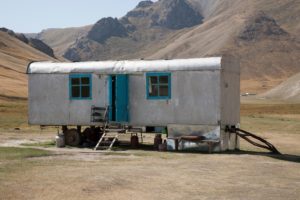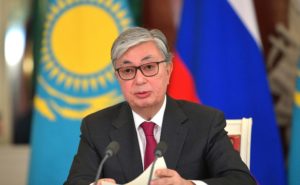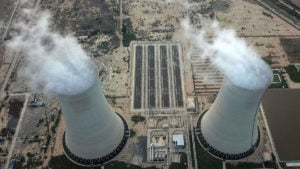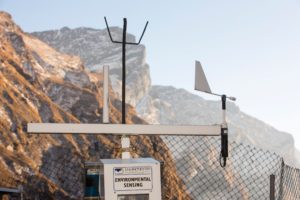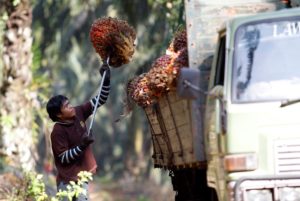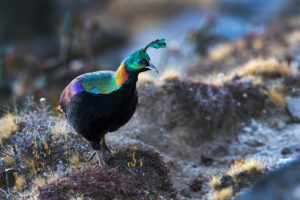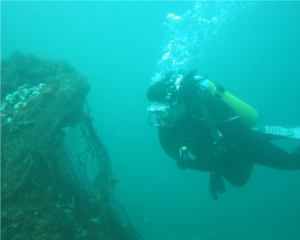In late April 2021, the worst violence in decades broke out at a disputed section of the border between Kyrgyzstan and Tajikistan. The disagreement, which began on 28 April, was reportedly over the installation of surveillance cameras by Tajik officials at the water-intake station of a reservoir.
Over the next two days, this escalated into a conflict between the armed forces of both countries. More than 50 Tajik and Kyrgyz citizens were killed and over 200 were injured. Houses, schools and shops were destroyed in both countries and tens of thousands of people displaced.
Ostensibly a dispute over water, the violence showcases decades of deteriorating relations. The pandemic has sharpened economic insecurity and regional peacekeeping mechanisms have proved insufficient, while climate change is also leading to greater stress over water sharing. But experts point out that there are a number of areas in the Ferghana Valley – which straddles the two countries – where resources are jointly managed. Instead the real causes may lie in increasing nationalist posturing and economic deprivation.

Confrontations along this disputed border are not new. In the past 12 years there have been more than 150 clashes, of which 30 happened in 2014. But the number of casualties and scale of destruction this April marked a worrying intensification in violence in the region.
Land tensions after Soviet break-up
There is a long history of tension over access to resources in the region. In the era of the Soviet Union, allocation of land, water and pasture was a cause of disputes between republics and administrative divisions. These only increased after the dissolution of the USSR in 1991. Even farms and plots of land on the borderlands of Kyrgyzstan and Tajikistan became contentious areas. While the border between the two countries is more than 970 kilometres long, according to government figures only 504 kilometres have been demarcated.
Social tensions grew particularly in Isfara district of northern Tajikistan and in Vorukh, an enclave of 30,000 people in the middle of Kyrgyzstan. When private land ownership was introduced in Kyrgyzstan, some rented Tajik pastures were declared Kyrgyz citizens’ property.
Gulhumar Zulpukarova, a pensioner from Ak-Sai, a borderland village in the Isfara valley, told The Third Pole that she fled to Kyrgyzstan’s Batken region in 2019 “due to Tajik attacks”. She said shepherds from Kyrgyzstan have stopped Tajiks from grazing cattle in recent years, as relations have worsened.
“As the issue of pastures subsided a little, the confrontation between Tajiks and Kyrgyz escalated because of water-related issues and territorial disputes,” Zulpukarova said.

The water problem
Gulmuria Borubaeva, head of the Department of Public and Media Relations for the Border Control Agency of the Kyrgyz State Committee for National Security, told The Third Pole that the reason for the conflict was the “Golovnoi Vodorazdel” (main watershed) area. It is from this area that the runoff from mountainous rivers is distributed between three countries the Ferghana Valley runs through: Tajikistan, Kyrgyzstan and Uzbekistan.
“During the Soviet Union, the administrative borders between the republics were not important when designing water-supply systems and infrastructure – many canals and irrigation systems criss-cross boundaries,” said Jenniver Sehring, senior lecturer in water governance and diplomacy at IHE Delft Institute for Water Education in the Netherlands.
Intergovernmental agreements on the allocation of water developed over the course of decades from the 1980s. But over time, these agreements were ignored, an issue that was heightened in years with low amounts of water. This has intensified because of antiquated water infrastructure and inefficient irrigation methods.
Mamat Aibalaev, the ex-governor of Batken region, told The Third Pole that conflicts on the Kyrgyz-Tajik border arise most often from two intertwined factors: the incorrect distribution of water, and contentious areas on the border that have not been fully delineated.
“Golovnoi Vodorazdel was always linked to us [Kyrgyzstan]. It’s from where that water enters the Tortkul reservoir, which was built at the beginning of the 1970s in the Kyrgyz Soviet Socialist Republic. Rivers from our mountain peaks flow towards us and thus by right, the majority of the water resources should be used by Kyrgyz farmers and peasants,” Aibalaev said.

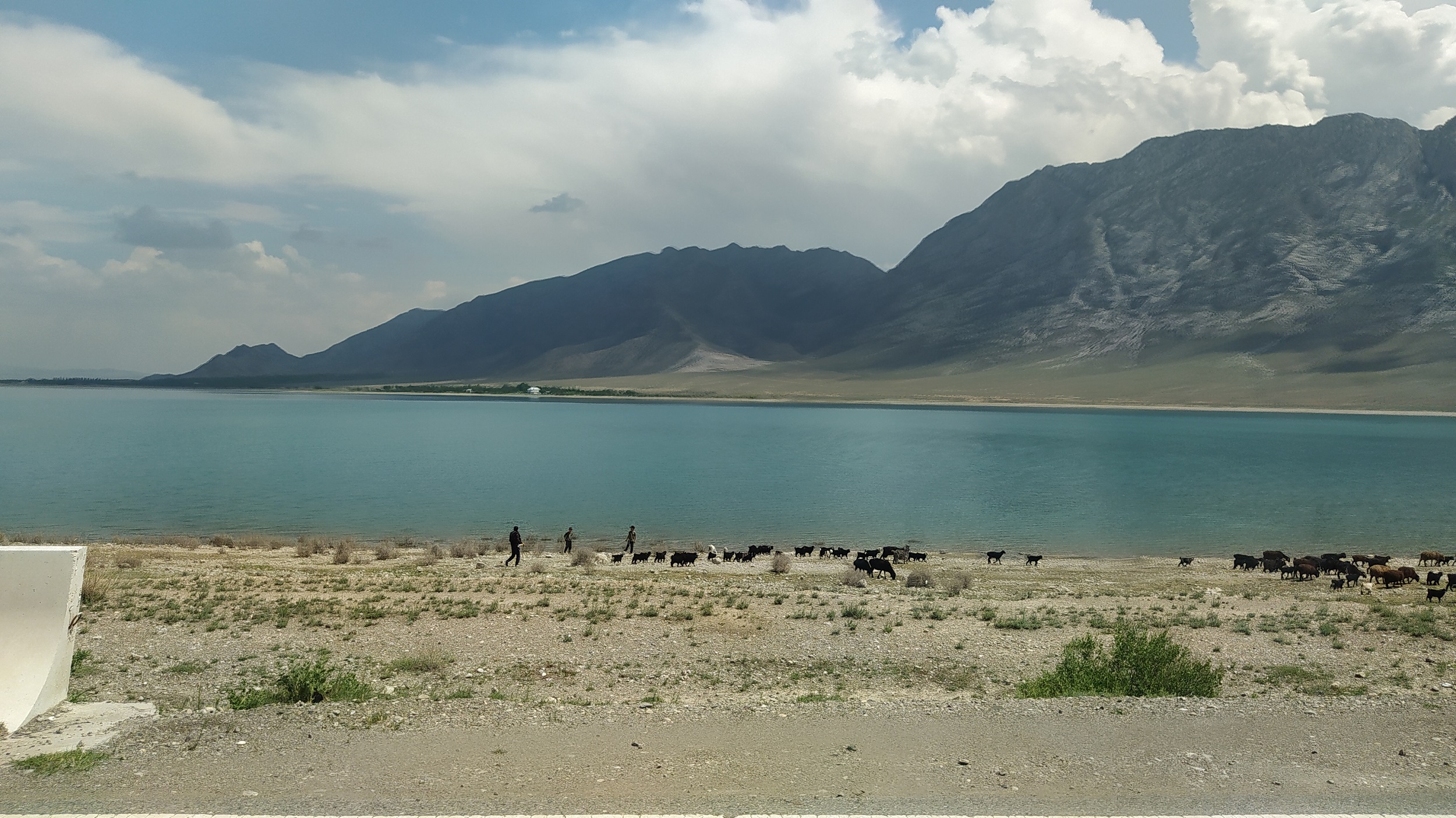
But Sehring disagreed, saying: “I think it is wrong to see borders as such, or lack of border demarcation, as a problem. There are many examples in the Ferghana Valley where local communities have been managing their resources peacefully and flexibly across borders.” She said that it is political rhetoric, instead, in recent years that has “made borders much more apparent in peoples’ daily lives – efforts to strengthen the nation state, national identity and increased presence of border posts decreased interaction across borders among citizens and nourished discourses against the ‘others’.”
The conflict does not show us so much about the state of cooperation about resources but more about how this cooperation is linked to wider political agendasJenniver Sehring, IHE Delft
“Water was just a trigger,” she concluded. “The conflict does not show us so much about the state of cooperation about resources but more about how this cooperation is linked to wider political agendas.”
Tensions over water have not stopped with the ceasefire agreed on 1 May. Negmatullo Mirsaidov, a political analyst from Tajikistan, told The Third Pole that plans have been announced in Kyrgyzstan to build a reservoir on the small transboundary river of Hodzhabakirgan. Mirsaidov said this “is a cause for major concern as water from there is used as drinking water in Tajik towns and settlements such as Gafurov, Buston and Khujand.”
Crime flourishes in the pandemic
It is not just water that is driving tensions. Stanislav Pritchin, a former member of the Centre for Post-Soviet Studies at Russian think-tank IMEMO, writes that the “grey area” of the border between the countries is used by traffickers and criminal groups engaged in drug trafficking and the illegal transport of other products.
Grigory Mikhailov, a Central Asia expert at the Commonwealth of Independent States, believes that a socio-economic crisis has arisen from the deficit of natural resources and flows of contraband, which has flourished during the Covid-19 pandemic and associated price rises. Because of the pandemic, people could not leave to work in Russia, and many lost their incomes while prices rose.
Community solutions
Cooperative arrangements have the capacity to lower tensions. “The more that society and interested parties are integrated, the more mutual understanding develops between different populations, and thus less potential for conflict. Cooperation on a local level is the key to the sustainable development of local communities,” said Madina Rakhmatova, a specialist from the USAID-funded Smart Waters programme, which aims to promote cooperation in the region.
Kyrgyz ecologist Gamal Soronkulov recalled a project in 2011 between Kyrgyz and Tajik colleagues. Its information-based approach enabled the regulation of water-related disputes in contentious areas.
Soronkulov said: “At that time, we researched the Ak-Suu river (which the Tajik call Isfarinka), which flows through the villages of Ak-Sai and Kok-Tash. This is a river which not only gives life to the fields, gardens and plots, but also to the peaceful co-existence of the Kyrgyz and Tajik peoples.”
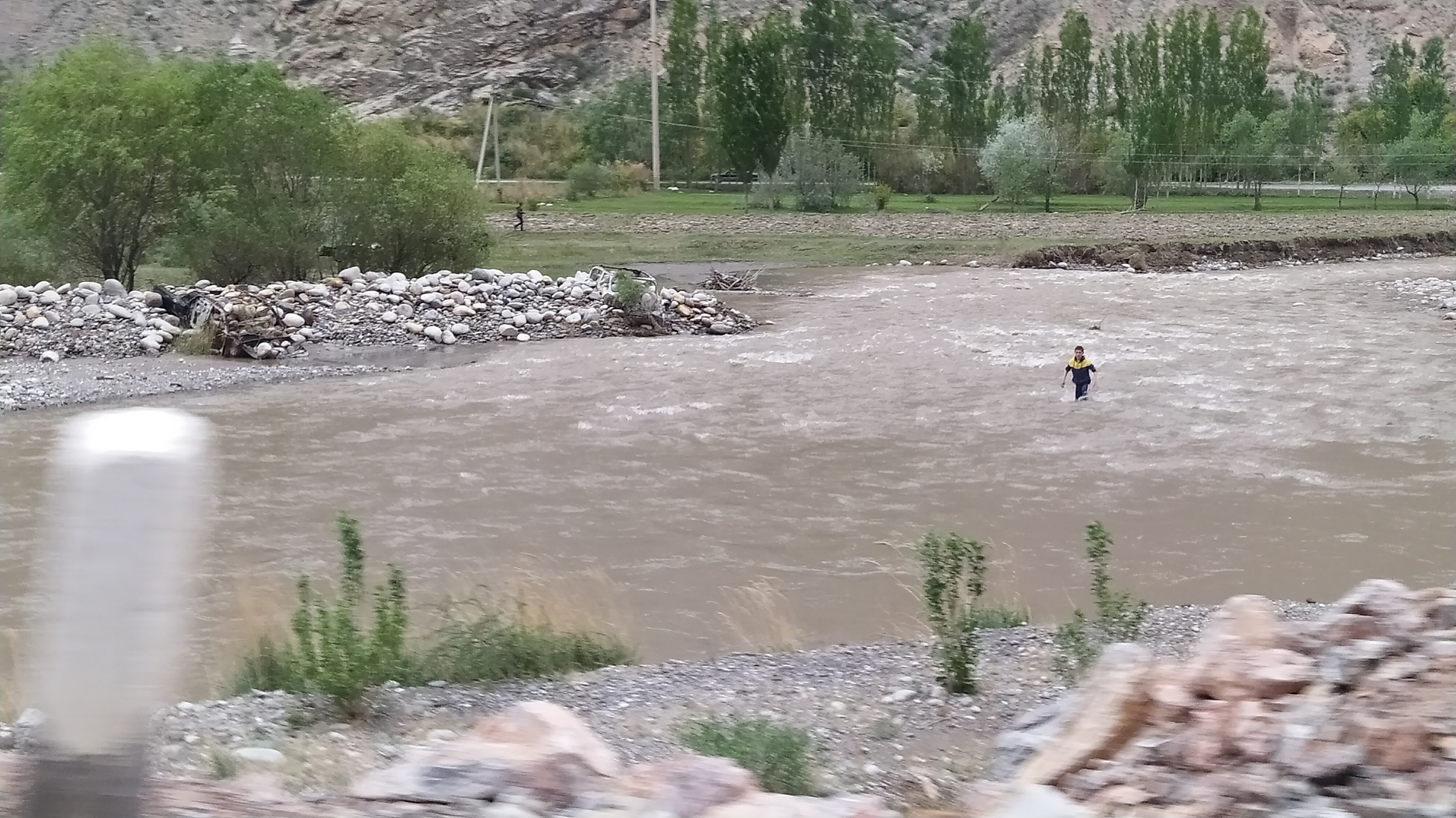
There are also ways to minimise the likelihood of conflict over resources. Kurbonali Partoev, an academic at the Tajik Academy of Science’s Institute of Botanics, pointed out that “the harvest of fruit, grain, vegetable and fodder crops here [the Isfara region of Tajikistan] is good. In order to economise water, it would be useful to install drip irrigation or to use rainwater-collection systems. In order to maintain soil fertility, crop rotation is important. New types of crops and new methods of growing them could be employed.”
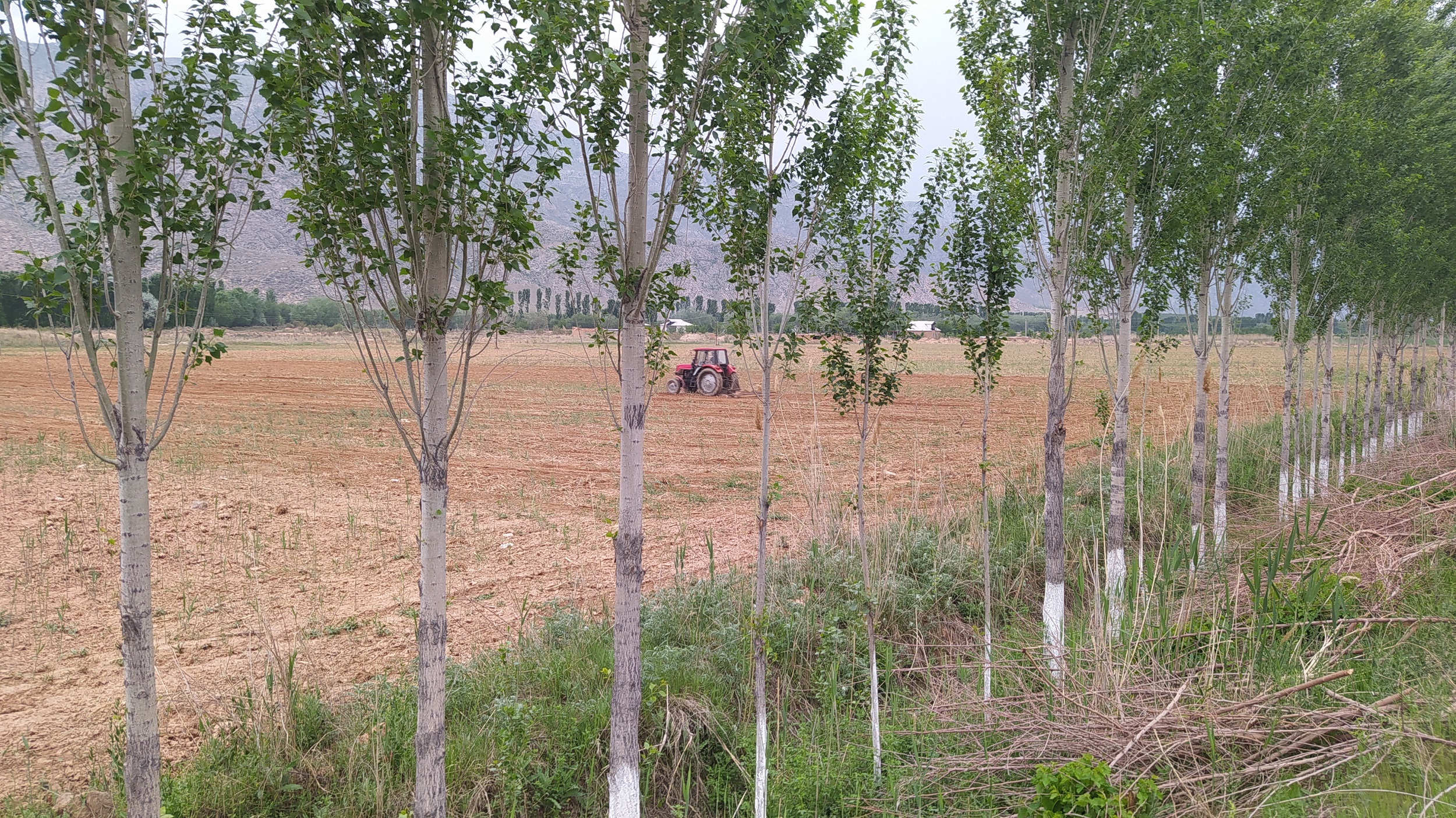
Peacekeeping mechanisms disappoint
In contrast, higher-level mechanisms have not been as useful. The Collective Security Treaty Organization (CSTO) is described as the Eurasian counterpart to NATO. An alliance of seven former Soviet states, its purpose is to defend any member that is threatened externally. Since the conflict in April, deputies from the Kyrgyz parliament have questioned the usefulness of Kyrgyzstan’s membership of the CSTO.
Aibek Osmonov, a member of a Kyrgyz parliamentary committee on international affairs, defense and security, was reported as saying: “The CSTO paid no attention when one country attacked another. How are we supposed to react to that, or should we just be quiet? Why are we in the CSTO, then? If the organisation acts so unjustly, then I don’t think we should be in it.”
Bolotbek Shamirkanov, a retired Kyrgyz customs colonel, expressed disappointment in the CSTO when asked about its role in the recent conflict. “In a sign of protest, I ripped off my CSTO badge on my uniform which I was awarded during the Indestructible Brotherhood [the CSTO peacekeeping forces] joint exercise, and I did it consciously, not in a fit of emotion,” he said.
Shamirkanov added that according to the CSTO charter, none of the participating countries shall interfere in the internal affairs of other members, including territorial disputes, since the goal of the CSTO is collective defence from external threats.
“And in regard to the SCO [the Shanghai Cooperation Organisation, a Eurasian political, economic, and security alliance], their task is the strengthening of peace and joint fight against extremism, terrorism, separatism and narcotrafficking, therefore its members cannot get involved in other SCO members’ internal affairs.”
Small steps towards reconciliation
On a more positive note, IHE Delft’s Sehring pointed out that the presidents of both Uzbekistan and Kazakhstan offered to mediate in the dispute, with the latter proposing to consider the development of a mechanism for settling border incidents at a regional level.
“It seems that there is willingness to address not only this incident regionally, but also learn from it in order to prevent similar conflicts in the future,” she said.
Editor’s note: Reporting for this story was carried out by journalists from Kyrgyzstan and Tajikistan. Additional reporting by Natalie Taylor.


